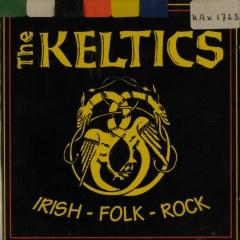

These are really only token gestures that hint at the vast resources available. As part of St Patrick's Festival the words will be projected onto walls throughout the city of Dublin during the week of St Patrick's Day, and COLLECTIVE Films have made a short documentary about some of the fishermen and folklorists that I visited which will air on TG4's educational channel, Foghlaim. There are also 15 short videos that convey the meaning behind the words, and a handmade book by Redfoxpress that illustrates 38 of the words.


Each word has an accompanying image and audio explanation by the fishermen who shared them. As a stop-gap measure I've recorded 250 of these words on a website ( as part of a Galway2020 projected titled Sea Tamagotchi. Long before the invention of eco-sounders, the old folk knew the whereabouts of each of these rich fishing grounds and were able to manage them sustainably, so that if a boat was fishing on a specific bráite, others would move to a different one.īut, what should we do with all of these little-known words now? Certainly the insights and timeless perspectives contained in some of them will be useful as we grapple with coastal erosion and climate change, and as we begin to depend more on local species of fish and seaweed rather than importing them from South East Asia and South America. In each coastal region people pointed out to me the local bráití, areas of deep ocean where the wrasse tend to gather under the kelp. In fact, there are accounts of coasts being picked bare of every type of seaweed by the starving victims who were denied access to the great stockpiles of grain, butter and other foods that were produced in the country for export at the time. The hunger during the Famine years was not a result of ignorance or laziness. Words like these make clear just how attuned our forefathers were to the diversity of nourishment and resources along the coastline. Manchán Magan collecting sound Hunger during Famine Muirleadh describes the act of chewing up small green crabs and spitting them into the sea as bait to attract fish to the boat, while buailteog is a shaft, or ray of light, on the wrong side of the sun that is regarded as a sign of bad weather approaching. Our colonised minds have been programmed to believe that we were somehow at fault, rather than acknowledging the fact that our ancestors had no access to this coastal bounty, because the ruling classes controlled the ports and fishing licenses, and years of poverty meant boats had been sold off.įor example, Crom’ubhán is a long stick with a hook on it used to lure crabs out of their underwater rock holes at very low tides, while léamhadóir refers to a man who watched for signs to work out where the herrings were, and who would then light a piece of paper and throw it on the water so that his crew could make a ring around the shoal with their nets. It’s a classic trait of post-colonial oppression to blame yourself for the injustices inflicted on you by others.
IRISH NO WORDS ROCK MAC
In The Broken Harp, Tomás Mac Síomóin quotes the descendent of a coffin ship survivor in New York as saying, “The Great Hunger occurred because the Irish who lived on coasts, God love (and help) them, were so inefficient, lazy and shiftless that, when the potato crop failed, well, the poor unfortunate divils, they weren’t even able to learn to fish.” Why did the Irish starve during the Famine when surrounded by such an abundance of fish, shellfish and sea vegetables? This question often gets asked in a tone that seems to cast doubt on the abilities and even the intelligence of those who suffered.


 0 kommentar(er)
0 kommentar(er)
